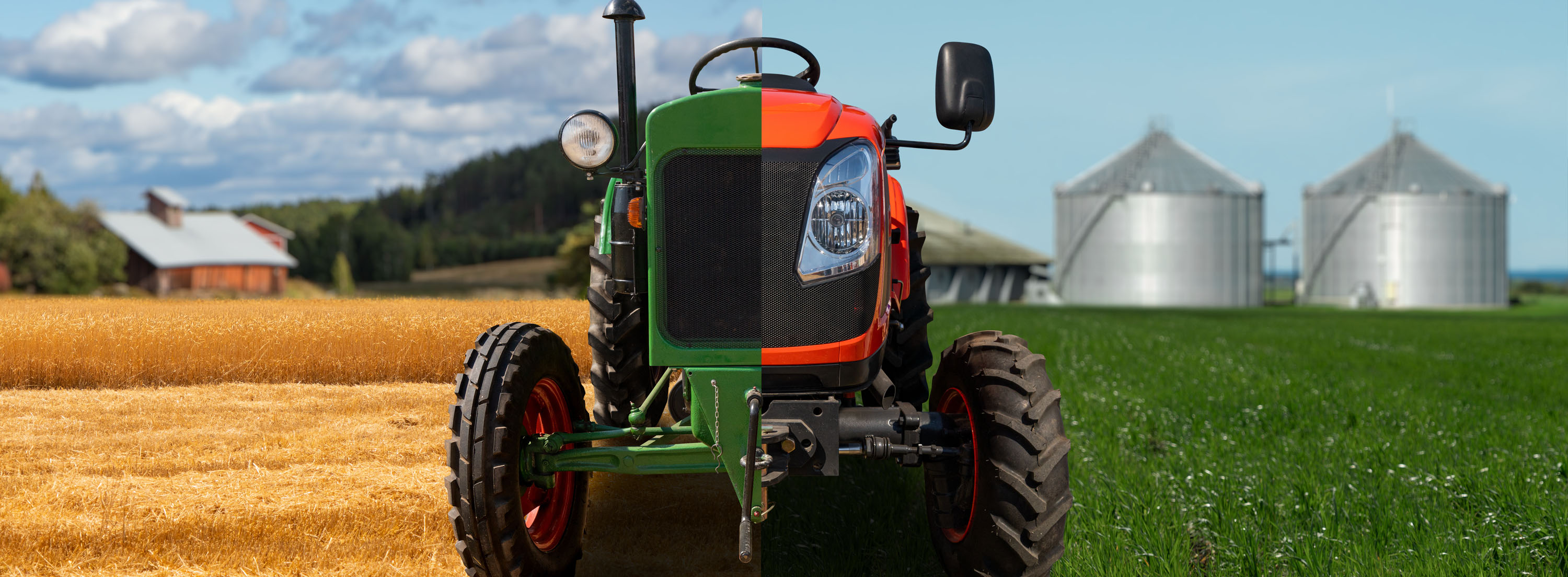

A machine is only worth what you get for it - but how exactly do you determine this value? Whether it's a sale, a claim or an upcoming investment: a precise valuation of machines and systems helps to create clarity and avoid costly mistakes.
13/12/2024 Gutachten
How can the so-called current value be determined realistically and reliably and what is the difference to the residual value?
While the new value describes the original purchase value of a machine, the current value reflects the current economic reality - taking into account age, wear and tear and market conditions. This article explains what current value is, how it is determined and how it differs from residual value.
The current value of machinery is the current value, taking into account wear and tear, age and technical overhauls. Unlike the new value, which is based on the acquisition cost, the current value indicates what the machine or system is worth on the market today.
The current value is based on the original acquisition price, less depreciation due to wear and tear and age. The general condition and the average technical life and useful life are also taken into account.
The calculation of the fair value requires a well-founded method. The following factors are taken into account:
The current value is usually determined by expert appraisers and is documented on the specified valuation date.
While the current value describes the current market value of a machine, the residual value describes the value that remains at the end of the economic useful life. The residual value is reached when the machine has exceeded its typical service life and can only be used at scrap value or for spare parts.
Examples:
The residual value is particularly relevant when machines are depreciated in accounting or their useful life is nearing its end.
The fair value of machinery depends on a variety of factors:
These factors are included in the determination of the fair value and should be carefully examined, to obtain a realistic valuation.
When selling machinery, the fair value is a decisive point of reference for determining the price. A price that is set too high can deter potential buyers, while a price that is too low means financial losses. A well-founded current value assessment makes it possible to determine a fair market value that is acceptable to both buyer and seller.
In addition, the purpose of the machine and its operational readiness should be carefully considered when selling. A realistic price is based on a thorough valuation and creates confidence in the transaction.
Determining the value of machinery and equipment requires a precise analysis of the new value, current value and residual value. Depending on the purpose of the valuation - be it for accounting, sales or a claims settlement - the appropriate method must be used. A careful determination of the current value helps companies to make informed decisions and achieve fair prices.
At AssetOrb, we specialize in the fair market valuation of machinery and equipment. With our expertise, we ensure that all relevant factors are taken into account in order to determine realistic and reliable values. Whether it's a sale, accounting or a transaction - a professional valuation creates security and avoids financial mistakes.